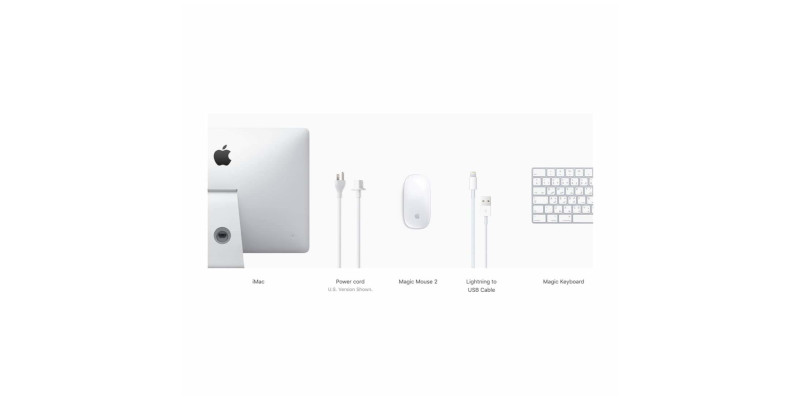
That’s how I was able to compare the blooming performance of the Dell UP3221Q and the Pro Display XDR side-by-side without using two computers. Between the USB-4 ports and the HDMI 2.0 port, you can run two displays simultaneously: 6K 10-bit at up to 60Hz through the USB-4 port, and 4K 10-bit at up to 30Hz through the HDMI. In terms of ports, the M1 Mac mini features two USB-A ports, two USB-4 ports (essentially Thunderbolt 4), an HDMI 2.0 port, a gigabit Ethernet port, and a 3.5mm headphone jack. Small and discrete, I’ve always loved the Mac mini for how easily it can slot away in some corner of a desk, looking for all the world like a fancy paperweight. It’s a well-built aluminum box, and that’s about all you can say about it. Unlike our laptop reviews, we won’t spend much time on design and built quality. I would not advise skimping on RAM, especially since there’s no way to upgrade it later. If I were customizing my own Mac mini for photo editing, I’d probably skimp on Apple’s SSD upgrades and buy the 1TB version ($1,300) or 512GB version ($1,100) instead.

In basic terms, the law predicts that there is some “optimal” balance between input and output, after which continuing to increase the input will result in smaller and smaller gains in output. In economics, there’s a principle called the law of diminishing returns. To explain why, I need to turn to economics. It might seem like this makes for three redundant options, but after reviewing the MacBook Pro and spending a month with the new Mac mini, I can confidently say that the Mac mini is the best choice for the majority of photographers.

When Apple debuted the M1 system on a chip (SOC), it released three computers equipped with the same CPU/GPU/RAM combo: the M1 MacBook Air, the M1 MacBook Pro, and the M1 Mac mini.


 0 kommentar(er)
0 kommentar(er)
